The year 2020 marked a turning point in global health history as the world was hit by a novel coronavirus, officially named SARS-CoV-2, which caused a pandemic known as COVID-19. This unprecedented event disrupted daily life, economies, and scientific research on an unprecedented scale. This article aims to provide a comprehensive overview of the COVID-19 pandemic, including its origins, transmission dynamics, global impact, response measures, and current developments in research and vaccination efforts.
Origins and Early Outbreak
The first reported cases of COVID-19 emerged in December 2019 in Wuhan, the capital city of China's Hubei province. The virus was initially linked to a seafood market that later turned out to be a hotspot for the initial transmission. However, subsequent investigations revealed that the virus had likely spread from animals to humans before reaching the market. The World Health Organization (WHO) declared the outbreak a Public Health Emergency of International Concern (PHEIC) on January 30, 2020, and later, on March 11, 2020, officially labeled it a pandemic.
Transmission Dynamics and Characteristics
SARS-CoV-2 is primarily transmitted through respiratory droplets produced during coughing, sneezing, or talking. These droplets can land on surfaces or be inhaled by others, making surfaces a potential mode of transmission as well. The virus is highly contagious, with studies estimating an infection rate (R0) of around 2.5 to 3.5, meaning each infected person can spread the virus to 2.5 to 3.5 others on average. Symptoms range from mild to severe and can include fever, cough, fatigue, shortness of breath, and loss of taste or smell. Some individuals may experience no symptoms (asymptomatic) or develop a severe illness requiring hospitalization and potentially leading to death.
Global Impact
The COVID-19 pandemic has had far-reaching consequences on every aspect of society. Economically, it triggered the worst recession since the Great Depression of the 1930s, with global GDP contracting by an estimated 3.4% in 2020. Businesses closed their doors, leading to job losses and income disparities worldwide. Education shifted online, disrupting the learning process for millions of children and adolescents globally. Mental health issues surged as people faced isolation, uncertainty, and loss.
Healthcare systems across the globe were overwhelmed, with hospitals struggling to manage a surge in patients and lack of personal protective equipment (PPE) for healthcare workers. The pandemic also exposed existing inequalities in access to healthcare services, particularly in low- and middle-income countries.
Response Measures and Governance
In response to the pandemic, governments implemented various measures to slow the spread of the virus. These included lockdowns or stay-at-home orders, travel restrictions, social distancing guidelines, and the use of face masks in public places. Many countries also established task forces or committees to coordinate their response efforts and ensure timely access to medical resources and vaccines. The WHO played a crucial role in providing guidance on best practices for testing, tracing, isolation, and quarantine measures.
Research and Vaccine Development
The race against time was on as scientists around the world worked tirelessly to understand the virus better and develop vaccines and treatments. Research efforts focused on understanding the virus's genetic makeup, its mode of transmission, and the development of diagnostic tools such as PCR tests and antibody tests. In record time, several vaccines were developed using innovative technologies like mRNA and viral vector platforms. The first vaccine was authorized for emergency use by the US Food and Drug Administration (FDA) in December 2020, followed by approvals from other regulatory bodies worldwide. As of this writing, multiple vaccines have been administered globally to millions of people, with many more in various stages of clinical trials.
Current Developments and Challenges Ahead
While vaccination efforts have significantly reduced the burden of COVID-19 in many countries, the pandemic is far from over. New variants of the virus continue to emerge, posing challenges for public health experts due to their potential for increased transmissibility or resistance to existing vaccines. The uneven distribution of vaccines remains a significant issue with over 60% of vaccine doses administered in just ten countries as of early 2022. This disparity highlights the need for global cooperation in vaccine production and distribution through initiatives like COVAX, aimed at ensuring equitable access to vaccines worldwide.
Moreover, long-term effects of COVID-19 on individuals continue to be studied. Post-acute sequelae such as "long COVID" or persistent symptoms after recovery have become a growing concern. Research is ongoing to understand these effects better and develop treatments or rehabilitation programs for those affected.
Conclusion
The COVID-19 pandemic has been a defining moment in modern history, exposing vulnerabilities in our global health systems and highlighting the importance of preparedness for future pandemics. It has underscored the need for international collaboration, investment in public health infrastructure, and equitable access to healthcare resources worldwide. As we continue to navigate this unprecedented challenge, it is crucial that we learn from it – improving our understanding of infectious diseases, strengthening healthcare systems globally
转载请注明来自爬爬百科,本文标题:《COVID-19大流行,全面概述》


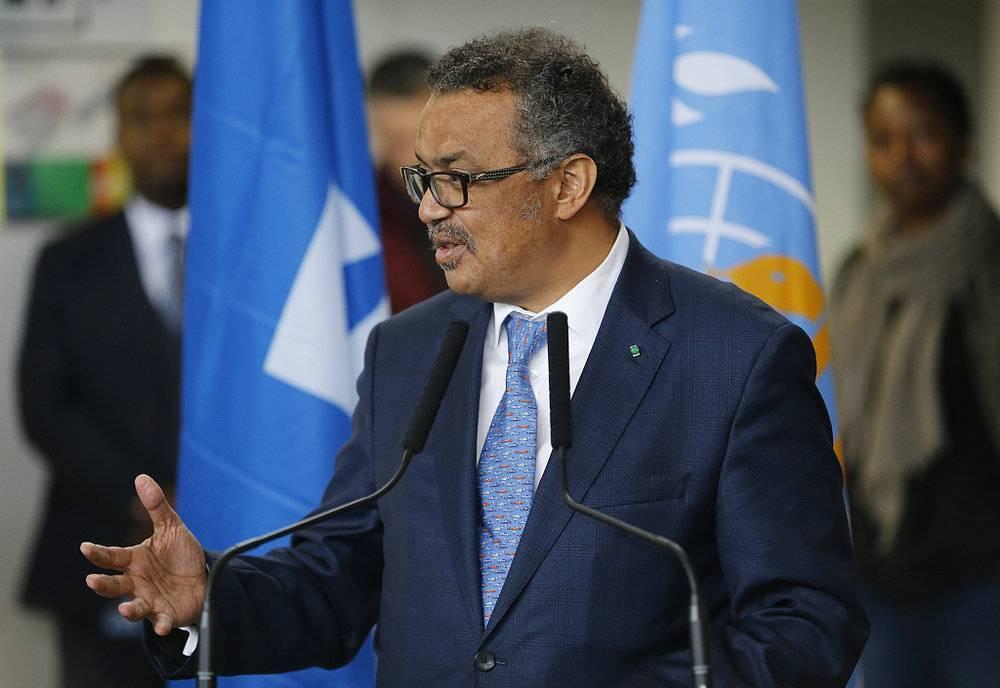

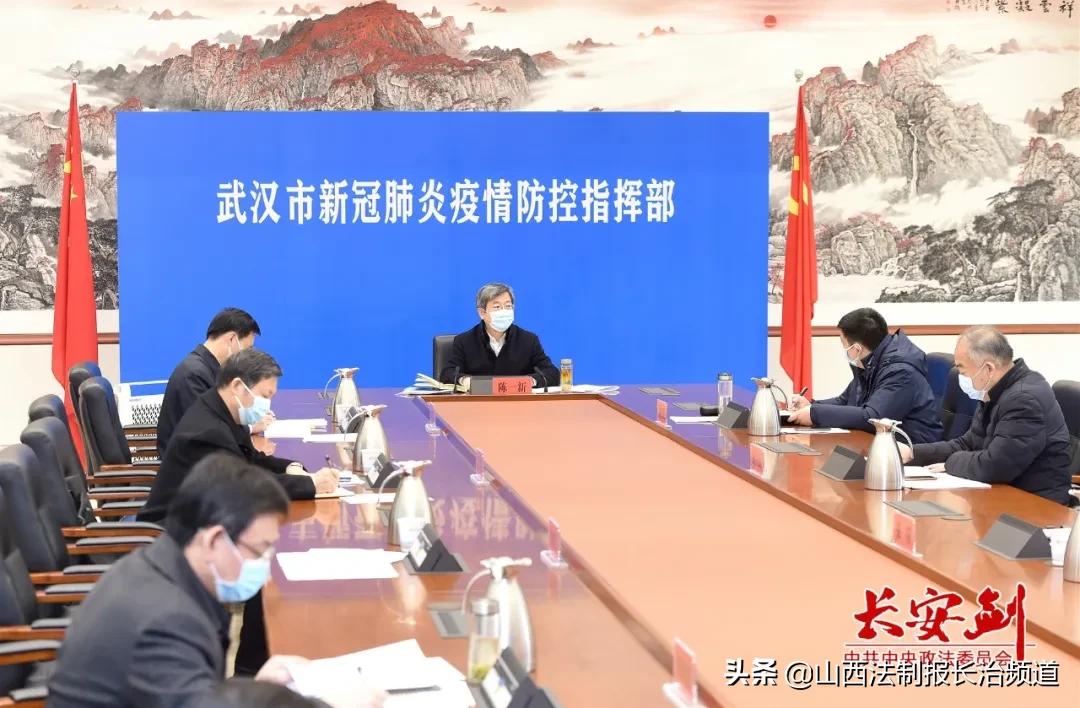


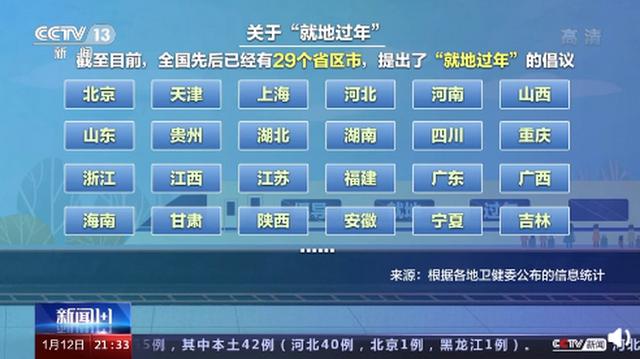
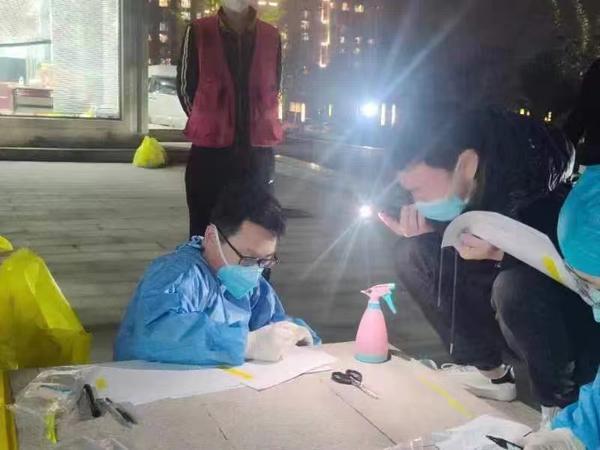
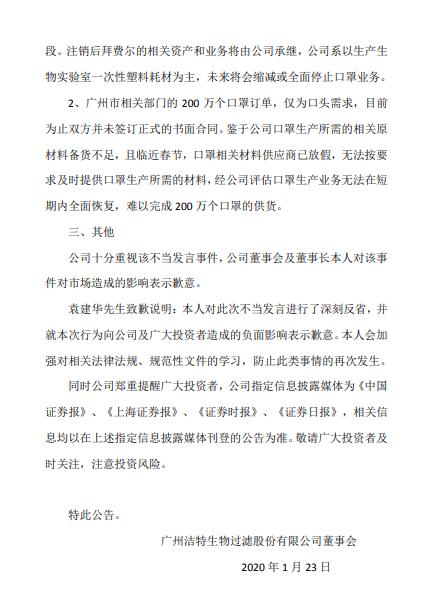

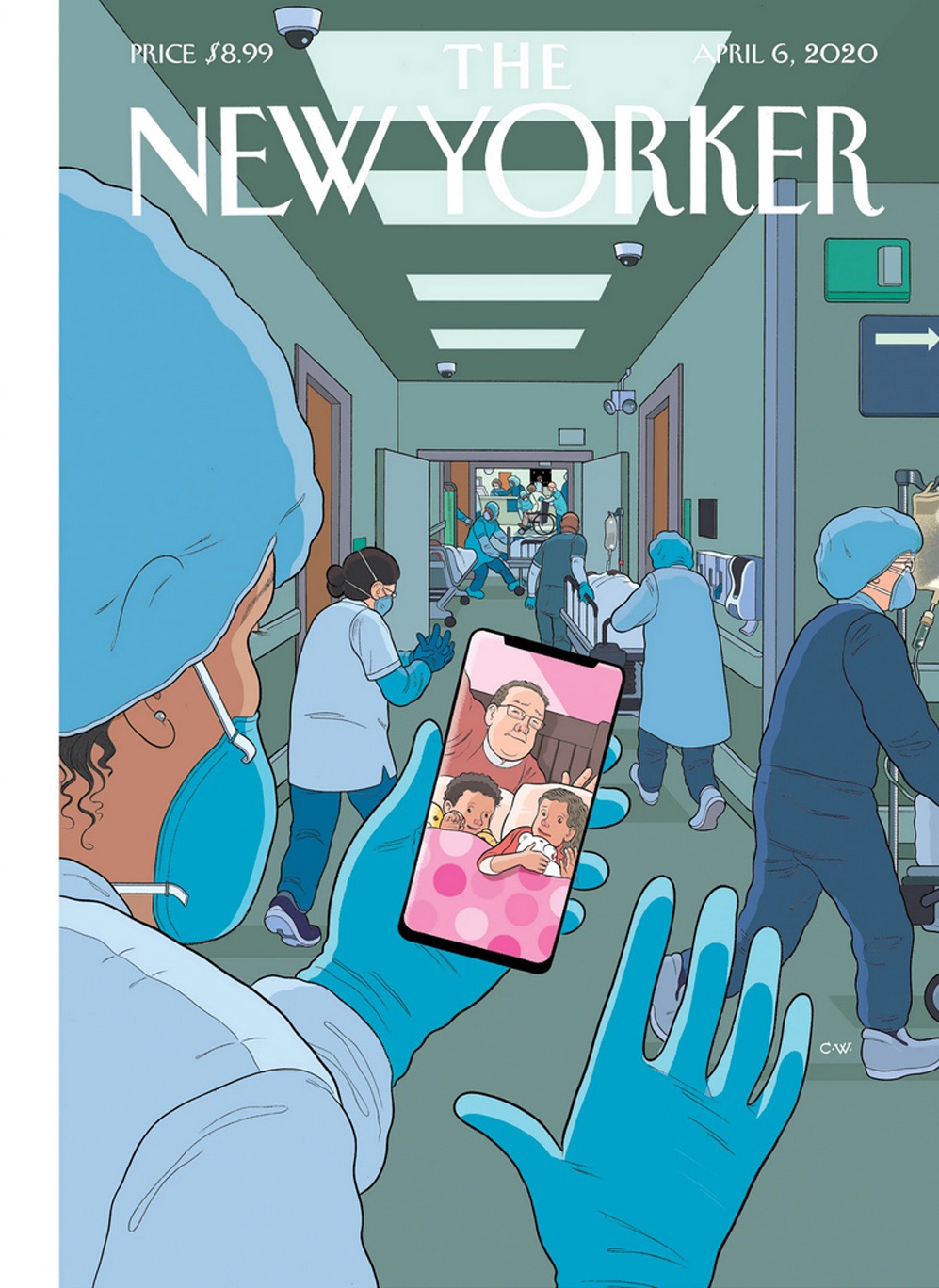
 京ICP备11000001号
京ICP备11000001号
还没有评论,来说两句吧...